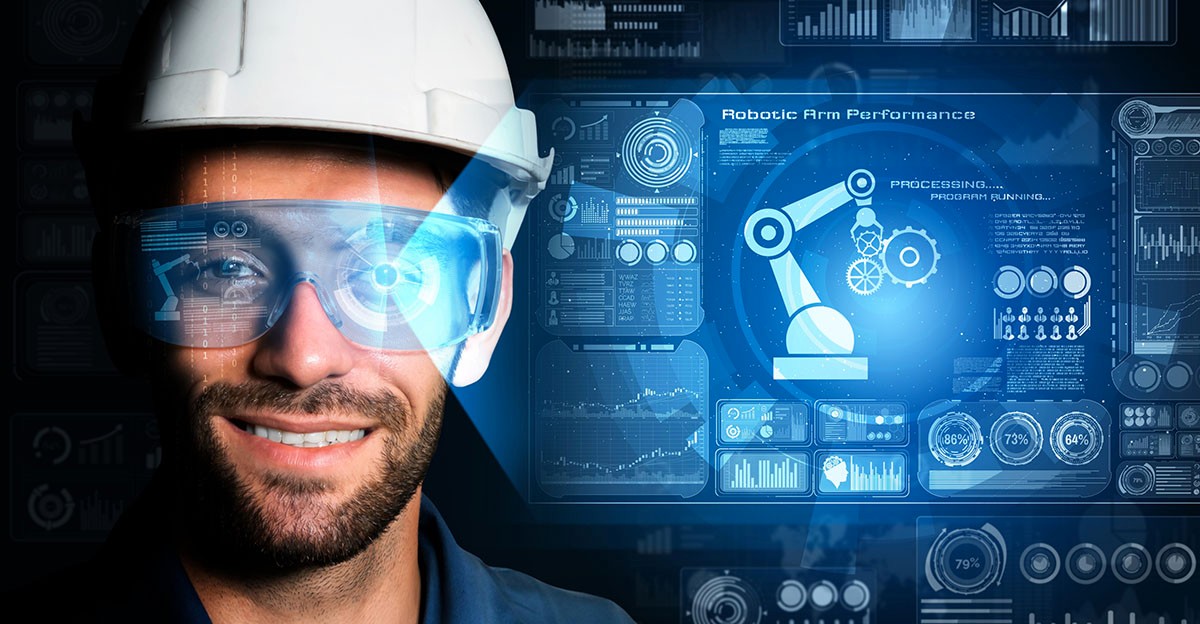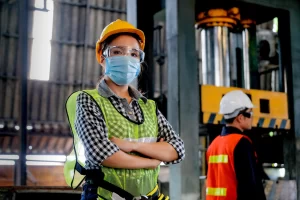
How Does AI Enable Predictive Maintenance in Trades Industries?
In the dynamic world of trade industries, the integration of artificial intelligence (AI) is revolutionizing maintenance practices, particularly through predictive maintenance techniques. By harnessing the power of AI-driven algorithms and data analytics, trades professionals can proactively identify equipment failures before they occur, minimizing downtime, optimizing productivity, and reducing maintenance costs. Let’s delve into how AI enables predictive maintenance in Trade Industries and the transformative impact it has on operational efficiency.
Understanding Predictive Maintenance
Predictive maintenance is a proactive maintenance strategy that relies on data analysis and machine learning algorithms to predict when equipment is likely to fail. Unlike traditional reactive or preventive maintenance approaches, which are based on predetermined schedules or observed symptoms of failure, predictive maintenance leverages real-time data from sensors, IoT devices, and equipment to anticipate potential issues before they occur. By detecting early warning signs of equipment degradation or malfunction, trades professionals can schedule maintenance activities at the optimal time, minimizing disruptions to operations and maximizing equipment uptime.
Leveraging AI for Data Analysis
At the heart of predictive maintenance is data analysis, and AI plays a crucial role in extracting actionable insights from vast amounts of sensor data and equipment performance metrics. AI-driven algorithms can analyze historical data patterns, identify correlations, and detect anomalies indicative of impending equipment failures. By continuously learning from new data inputs and adapting to changing operating conditions, AI algorithms become increasingly accurate in predicting potential issues and optimizing maintenance schedules over time.
Real-Time Monitoring and Condition Monitoring
AI-powered predictive maintenance systems enable real-time monitoring of equipment health and condition. Sensors installed on machinery and equipment collect data on various parameters such as temperature, vibration, pressure, and fluid levels. This real-time data is continuously fed into AI algorithms, which analyze trends, detect deviations from normal operating conditions, and generate predictive maintenance alerts when anomalies are detected. Trades professionals can access these insights through intuitive dashboards and mobile applications, allowing them to take proactive measures to address potential issues before they escalate into costly failures.
Optimizing Maintenance Strategies
By predicting equipment failures in advance, AI-enabled predictive maintenance systems empower trade professionals to optimize maintenance strategies and resource allocation. Instead of following rigid maintenance schedules or performing unnecessary preventive maintenance tasks, tradespeople can focus their efforts and resources on critical assets and components that require attention. This targeted approach minimizes maintenance costs, reduces downtime, and extends the lifespan of equipment, ultimately improving overall operational efficiency and profitability.
Continuous Improvement and Adaptation
AI-driven predictive maintenance is not static; it’s a dynamic process that continuously learns and adapts to changing conditions and operational requirements. As AI algorithms analyze more data and gain deeper insights into equipment behavior and performance patterns, they become increasingly accurate in predicting potential failures and optimizing maintenance strategies. Trades professionals can leverage this continuous improvement cycle to refine predictive models, identify new optimization opportunities, and stay ahead of emerging maintenance challenges in their respective industries.
Conclusion:
In conclusion, AI-enabled predictive maintenance is transforming trade industries by revolutionizing maintenance practices, optimizing equipment performance, and maximizing operational efficiency. By harnessing the power of AI-driven data analytics, real-time monitoring, and continuous improvement, trades professionals can proactively anticipate equipment failures, minimize downtime, and drive business success. As AI technology continues to evolve and advance, its role in predictive maintenance will become increasingly indispensable, shaping the future of maintenance practices in trades industries. Embrace the power of AI and unlock new opportunities for predictive maintenance excellence in your organization.



